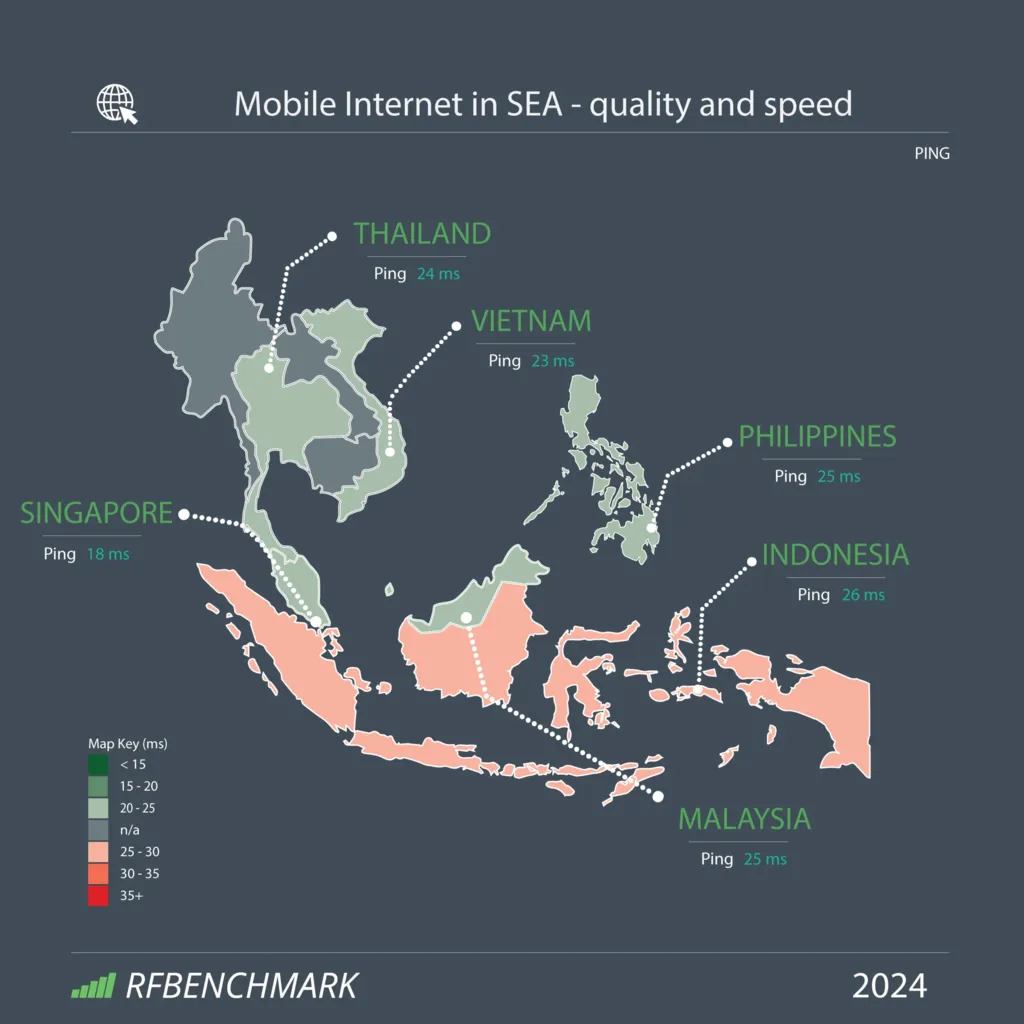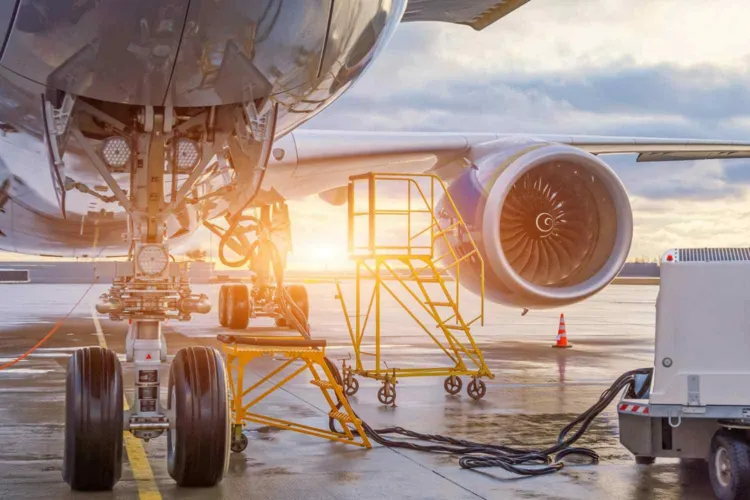Southeast Asia stands on the edge of a digital leap. The region’s digital economy is forecast to grow from $194 billion in 2022 to $330 billion by 2025, fueled by booming e-commerce, online services, and mobile-first behaviors. But to sustain this growth, the region must address a crucial need: building better Southeast Asia Digital Infrastructure.
Experts estimate that the region will require $40–$60 billion in digital infrastructure investment over the next five years. This is essential to keep up with rising data consumption, growing computing needs, and demand for high-speed, reliable connectivity.
A Region Going Online, But Not Equally
As of early 2023, internet penetration in Southeast Asia surpassed 70%, with mobile penetration at 136%. It means many users have more than one mobile connection. Malaysia leads with nearly 98% internet adoption, while Indonesia stands at about 75% as of 2025.

These figures show how digitally active the region is. However, a closer look reveals a significant urban-rural divide. Cities enjoy fast fiber connections and 5G, while rural areas rely on unstable mobile networks and often pay more for less reliable service.
In the Philippines, for example, data costs are among the highest relative to income in the region, making access a luxury rather than a standard utility for many households.
Southeast Asia Digital Infrastructure: Laying the Groundwork for a Digital Future
To address these gaps, governments across Southeast Asia are launching ambitious connectivity initiatives. Indonesia’s Palapa Ring is one example; it's a national fiber-optic backbone project aimed at connecting the country’s vast archipelago.
Vietnam’s digital roadmap, meanwhile, sets a target of universal digital inclusion by 2030, seeking to ensure that everyone—not just those in urban areas—has access to digital tools and services.
At the regional level, the ASEAN Digital Masterplan 2025 sets the vision for a digitally inclusive Southeast Asia. Its goals include high-quality, ubiquitous connectivity, as well as better infrastructure in underserved areas.
The Masterplan is backed by broader policy efforts, including the AEC Consolidated Strategic Action Plan, which supports cross-border e-commerce, dispute resolution, and cybersecurity improvements.
Read Also: Southeast Asia Cross-Border Trade Goes Digital
Private Sector Investments Accelerating Digital Growth
Beyond government initiatives, private sector players are playing a crucial role in advancing Southeast Asia’s digital infrastructure. Tech giants and telecom providers are pouring billions into next-generation networks to meet soaring demand for connectivity.
- Google’s $1 billion investment in cloud regions (Singapore, Indonesia, Malaysia) strengthens data center capabilities
- Alibaba Cloud and Tencent Cloud expanding hyperscale facilities in Thailand and Vietnam
- Singtel and Axiata jointly building subsea cables to improve cross-border bandwidth
Startups are also filling critical gaps:
- Indonesia’s Moratelindo deploys floating cell towers to reach remote islands
- Philippines’ Converge ICT achieves 75% fiber coverage through aggressive rural rollout
Read Also: How Southeast Asia 5G Deployment Is Transforming Tech
Challenges Holding Back Southeast Asia Digital Infrastructure Growth
Still, obstacles remain. Regulatory gaps, such as the lack of strong IP protection in Indonesia and Vietnam, slow down digital entrepreneurship. Meanwhile, inconsistent standards and infrastructure delays in some countries threaten to widen the digital divide.
And while urban centers rapidly adopt fiber-to-the-home (FTTH) and fiber-to-the-business (FTTB) technologies, rural investment lags behind, limiting the ability of many communities to benefit from Southeast Asia’s digital boom.
Southeast Asia Digital Infrastructure: Toward a Unified Digital Community
Despite these challenges, the outlook is promising. With strategic investments, stronger regulation, and regional cooperation, Southeast Asia’s digital infrastructure could become the backbone of a truly inclusive digital economy. A growing youth population, combined with high mobile and internet penetration, offers fertile ground for innovation. If the region stays focused on building equitable digital access, Southeast Asia can emerge as a globally connected digital community.







